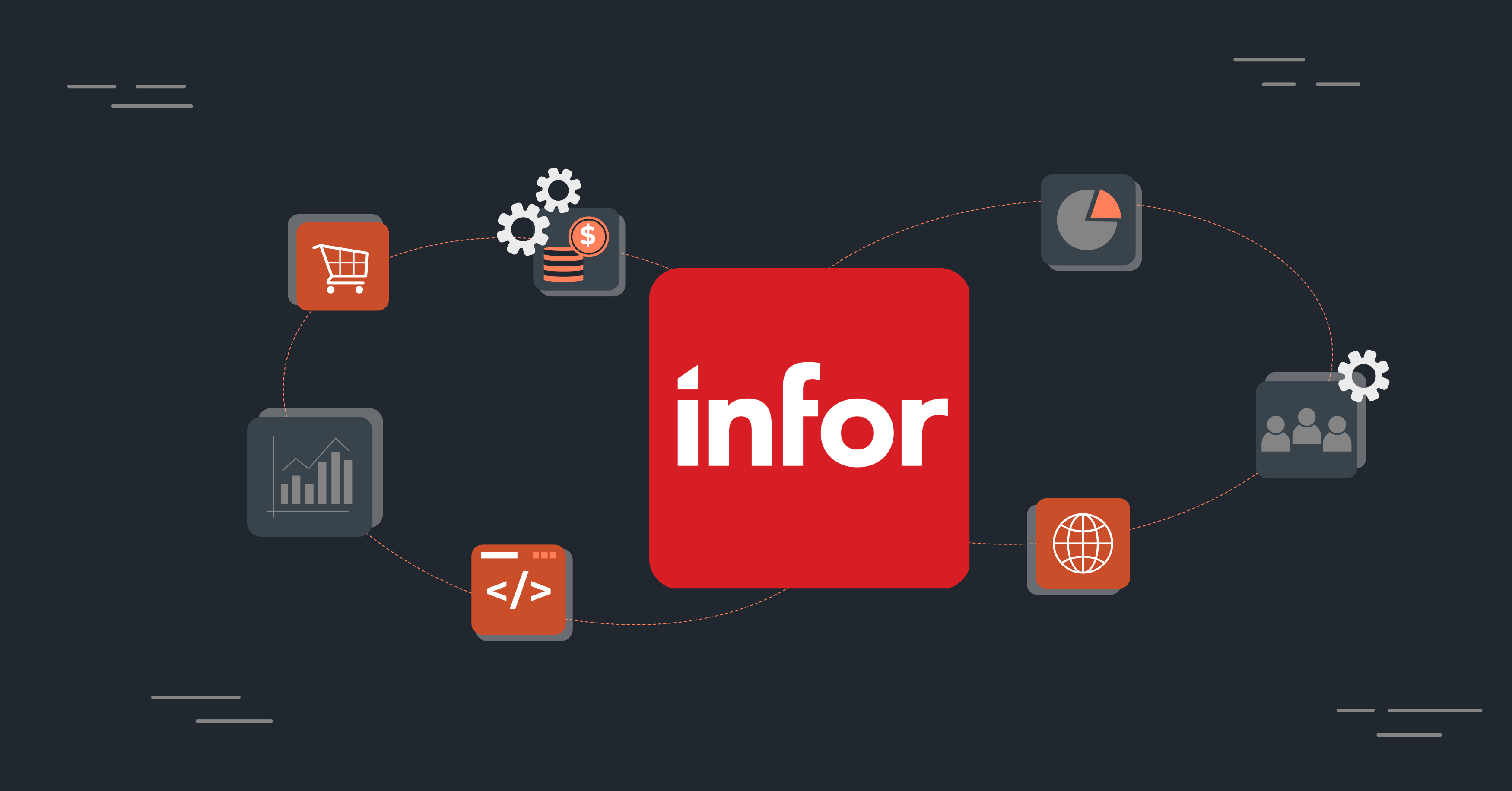Learning what is an Operating Model in Business is a crucial step for those who start businesses and startups.
Introduction to Operating Models in Business
An operating model refers to the way a company structures its operations to create value and drive business strategy. It defines how resources, processes, systems, and people come together to carry out the activities needed to achieve organizational goals.
In today’s complex and rapidly evolving business landscape, operating models are growing in importance as companies seek new ways to operate efficiently, meet changing customer demands, and keep pace with technology disruption.
Definition of an Operating Model
An operating model is a bridge that connects a company’s business strategy with day-to-day operations. Simply put, it details how a business aims to deliver value to its customers.
More specifically, an operating model lays out the core building blocks or components that enable a business to operate successfully. This includes organizational structure, key processes, information systems, management systems, and company culture.
The operating model provides a blueprint for how resources, workflows, information, and decisions come together across units, functions, and physical locations of a business. It highlights how different operational components link and align to support overarching strategy.
Importance of Operating Models in Business Strategy
Operating models are a critical factor guiding business strategy and performance. An operating model outlines how strategic objectives set by leadership will translate into business activities performed across the company.
Well-designed operating models act as an intermediary between lofty boardroom goals and on-the-ground execution. They create organizational coherence and strategic alignment.
Without an effective and articulated operating model, there often arises a disconnect between what the business hopes to achieve and the actual workflows, structures, and systems guiding managers and employees in their daily decisions and tasks.
An outdated or misaligned operating model can hinder a company’s capacity to compete, manage growth, provide excellent customer service, and reach financial goals. As such, reevaluating and evolving operating models is key for established businesses looking to stay relevant just as much as younger startups hoping to scale.
This article provides an in-depth look at what constitutes an operating model, why it’s vital to running a successful company, different types of operating models, and current trends shaping their design.
Key Components of an Operating Model
An operating model balances six essential components: organizational structure, business processes, information systems, management and governance, company culture, and leadership.
Organizational Structure: How Businesses Are Organized
At its core, organizational structure defines the shape of the business, official reporting lines, and departmental groupings. It clarifies roles and responsibilities across units, functions, and locations.
Some examples include:
- Functional structure groups by common activities (marketing, finance, IT, etc.)
- Geographic divisions based on region or country
- Product-based units organized around product lines or portfolio
- Matrix structure with dual reporting lines (both functional and geographic for instance)
- Beyond formal structure, operating models need to address decision-making powers, and workflow coordination issues that may arise from the specific organizational layout.
Business Processes: The Flow of Operations
Business processes describe the end-to-end workflows and activities that add value for the customer. This includes core processes directly tied to making and selling products or services as well as essential supporting processes like recruiting or financial reporting.
Mapping out interlinked processes with inputs, outputs, and stakeholders provides visibility into bottlenecks, dependencies, and pain points. This drives process optimization efforts aligned to strategic goals, not just isolated department objectives. Efficient processes translate into improved customer experience.
Information Systems: Role of Technology and Data
Information systems constitute the technological infrastructure, data, tools and applications used to enable business processes and organizational decision-making. How technology is leveraged and prioritized in the operating model has profound implications for operational efficiencies and business capabilities down the line.
Yet many companies fail to align systems with business strategy. The operating model provides a framework to assess and integrate essential tech capabilities needed for operational success and competitive advantage.
Management and Governance: Decision-Making and Control Systems
Management and governance systems tie everything together. These systems involve business policies, reporting procedures, planning mechanisms and structural checks and balances that connect strategy with day-to-day activities.
Effective governance in an operating model empowers managers to quickly respond to issues and opportunities while ensuring decisions adhere to overarching strategies and policies. This balances agility with discipline across the organization.
Culture and Leadership: The Human Element in Operations
Company culture and leadership are the invisible yet dominant forces shaping employee mindsets, behaviours and willingness to adapt to change. Leadership style and messaging must resonate with the organizational culture or internal resistance will undermine operational transformation efforts.
Types of Operating Models
Companies configure their operating model components into different frameworks based on strategic priorities and market conditions.
Centralized vs. Decentralized Operating Models
Centralized operating models concentrate key functions, decision-making and budget control in a corporate headquarters. This provides simplicity in strategy coordination and governance. Centralization aims to maximize economies of scale.
Decentralized models distribute organizational capabilities across business units and geographic regions, empowering local managers to tailor products and processes. This agile approach responds better to local market dynamics.
Finding the right balance depends on factors like industry, size, and growth stage. Oftentimes a hybrid approach allows businesses to transition from start-up centralization to multi-divisional decentralization.
Process-Oriented vs. Product-Oriented Operating Models
Some companies organize activities and departments based on standardized processes such as vehicle assembly in manufacturing. This aims to maximize process efficiency and quality control.
Others take a product-centric approach with dedicated teams tailored to supporting distinct product lines or category variations. This facilitates agility in responding to specific customer segments.
Matrix operating models attempt to leverage the benefits of both approaches. Shared service centers consolidate common process activities while market-driven product groups enable customization.
Innovative Operating Models: Agile, Lean, etc.
Globalization and digital disruption have pushed companies to move beyond traditional models. Emerging operating frameworks draw inspiration from IT development (agile), manufacturing excellence philosophies (lean), and networked platform business models:
Agile operating models emphasize iterative customer-focused product development cycles, cross-functional collaboration, and autonomy of small self-directed teams. This drives speed, flexibility and innovation.
Lean operating models focus on maximizing value-added activities and minimizing wasteful steps through continuous improvement. Extended beyond manufacturing, this ethos now reshapes service operations.
Digital platform business models exemplified by Uber, Amazon Marketplace, TrustPilot, and Upwork enable third parties to easily connect and transact. This leverages scalable self-service networks and shared data.
Learn: What is a business model?
Designing an Effective Operating Model
Constructing a new operating model or optimizing an existing one is a complex undertaking requiring the methodical alignment of multiple moving parts.
Align Operating Model with Business Strategy
Effective operating model design starts with clarity on business strategy and target operating state. What pressing customer needs or market opportunities is the company trying to address? How will it differentiate from competitors? Answering these questions provides guiding principles for configuring operational components.
Assess Current Operations and Identify Gaps
Next, conduct an objective assessment comparing current organizational structures, processes, systems, and capabilities against strategic goals. Identify constraints and gaps that pose barriers to operational success. Also, highlight pockets of existing operating excellence to leverage.
This assessment informs priorities for upgrading talent, processes, and technology platforms. It also helps build an implementation roadmap and business case based on performance objectives, investment requirements and expected financial benefits.
Implement Changes: Steps and Challenges
With strategic vision aligned to operational priorities, businesses undertake systemic and complex transformations:
Redesign structures, roles, workflows, policies and procedures
- Introduce new technologies, tools, and physical infrastructure
- Change metrics, reporting and governance oversight
- Modify capacities, source new talent, and retrain
- Shift culture to new ways of working and decision-making
Phasing major changes allows small-scale testing and adjustments. Leaders should acknowledge implementation challenges upfront rather than downplay internal growing pains.
Patience is key. It takes time for people to fully absorb process and mindset shifts. However, the payoff of aligning operational excellence with strategy delivers substantial performance gains over the long term.
Case Studies: Successful Operating Models
Examining companies known for operational prowess provides blueprints for balancing efficiency with flexibility to enable growth:
Amazon Marketplace’s Agile Platform Model
Amazon leverages an agile digital platform to easily connect third-party sellers with customers. High automation and algorithmic management help Amazon rapidly scale operations up and down in response to demand fluctuations. This platform model has also enabled expansion into new products, services, technologies and global regions.
Toyota’s Lean Manufacturing Machine
Toyota’s pioneering lean production philosophy obsesses over eliminating waste in everything from plant layout to inventory. Cross-functional teams drive continuous improvement to optimize repetitive manufacturing processes. Despite the complexity, Toyota sustains consistently high quality and efficiency rates across facilities while allowing customization.
USAA’s Member-Focused Business Model
Insurance provider USAA serves over 13 million members among U.S. military families. Decentralized member service teams leverage deep customer insights and organizational knowledge to resolve 90% of issues on first contact through the company’s private member network. This earns best-in-class customer loyalty rates despite limited public brand visibility.
Evolving Trends Reshaping Operating Models
The operating environment continues to grow more complex. Customer expectations escalate while new technologies constantly emerge. Established companies must re-examine operating models to enable strategic adaptation, innovation and growth.
Impact of Digital Transformation
Digital transformation radically alters how companies bring products and services to market:
- Automation streamlines operations and removes routine tasks
- Data analytics and artificial intelligence enhance decision-making
- Cloud platforms and modular systems increase speed and agility
- Mobile and Internet of things (IoT) enable omnichannel customer experiences
- Partnership ecosystems integrate capabilities from outside partners and independent contractors
These technologies allow greater decentralization and flexibility for employees to quickly respond to customer needs. They also optimize historically manual back-office support functions.
IT departments play a more strategic role in bridging business priorities with platforms, infrastructure, cybersecurity, and technical expertise. Operating models must tap technology capabilities while governing risks.
Sustainable and Socially Responsible Models
Customers and investors now demand companies account for societal impact beyond profits. Sustainability and social responsibility shape operating models through:
- Commitments to renewable energy, carbon footprint reduction, circular economies, and ethical sourcing
- Flexible work policies supporting diversity, equity and work-life balance
- Community engagement, partnerships and corporate citizenship priorities
- Governance changes monitoring non-financial risks related to environment/social matters
The Future of Operating Models
Global volatility, technological disruptions, competitive pressures, and cultural shifts mean operating models continuously evolve.
Businesses once fixated on scale now pursue agility. Innovation matters more than maximizing the efficiency of existing capabilities. Data connectivity breaks down information silos enabling faster, more tailored customer interactions.
Success increasingly relies on tapping interconnected business ecosystems that fluidly align partners, platforms, and niche contributors to seize fleeting opportunities. Companies must balance stabilizing core operations with launching experimental offshoots to capitalize on emerging niches.
Meanwhile, purpose-driven cultural movements reshape the workplace and societal expectations of businesses. Tomorrow’s winning operating models respond to escalating customer expectations, focus on end-user value, empower decentralized decision-making, and dedicate themselves to environmental sustainability.
Final Thoughts
A company’s operating model constitutes the central nervous system guiding how resources, workflows, data, and human talent come together to execute business strategy and create value.
Well-configured operating models align key components: structure, processes, technology systems, management practices, culture and leadership. They provide overarching business coherence while enabling parts of the organization to smoothly adapt to market changes and local conditions.
Revisiting operating models is vital for established companies to clear barriers hampering innovation and growth. For business leaders undertaking transformational initiatives like digitalization, the operating model gives tools to strategically transition from current to future state operations.
Careful design, assessment, and implementation steps ensure company alignment. Patience in navigating complex systemic change is warranted. Sweeping operating model reforms eventually position organizations to outperform rivals.
FAQs About Operating Models in Business
What is an Operating Model in Business?
It’s important to learn what is an Operating Model in Business. It refers to the necessary level of business components – organizational structures, processes, systems, and culture – that come together to execute company strategy and operations. It’s the bridge enabling strategic goals to be translated into day-to-day activities.
Why are operating models important?
Operating models play a vital role in ensuring alignment and clarity across units on core priorities and ways of operating. Without an effectively designed and communicated model, misalignment issues quickly emerge making it difficult to deliver expected customer value.
What are some types of operating models?
Common operating model frameworks include centralized versus decentralized, process-oriented versus product-oriented, geographic business units, matrix structures, and emerging digital platform models. Models also vary by industry and strategy.
When does a company need to redesign its operating model?
Triggers for revamping operating models include pursuing aggressive growth, lacklustre financial returns, decreased market share, negative customer feedback, disruptive competitive threats, and major technology implementations. Operating models may need redesign every 5-10 years.
How do you successfully implement an operating model?
Careful implementation follows the assessment of the current model, aligning operations to strategy, change management planning, phased rollouts, continuous process improvements, and updates as market conditions evolve. Leadership commitment and communication are vital.


